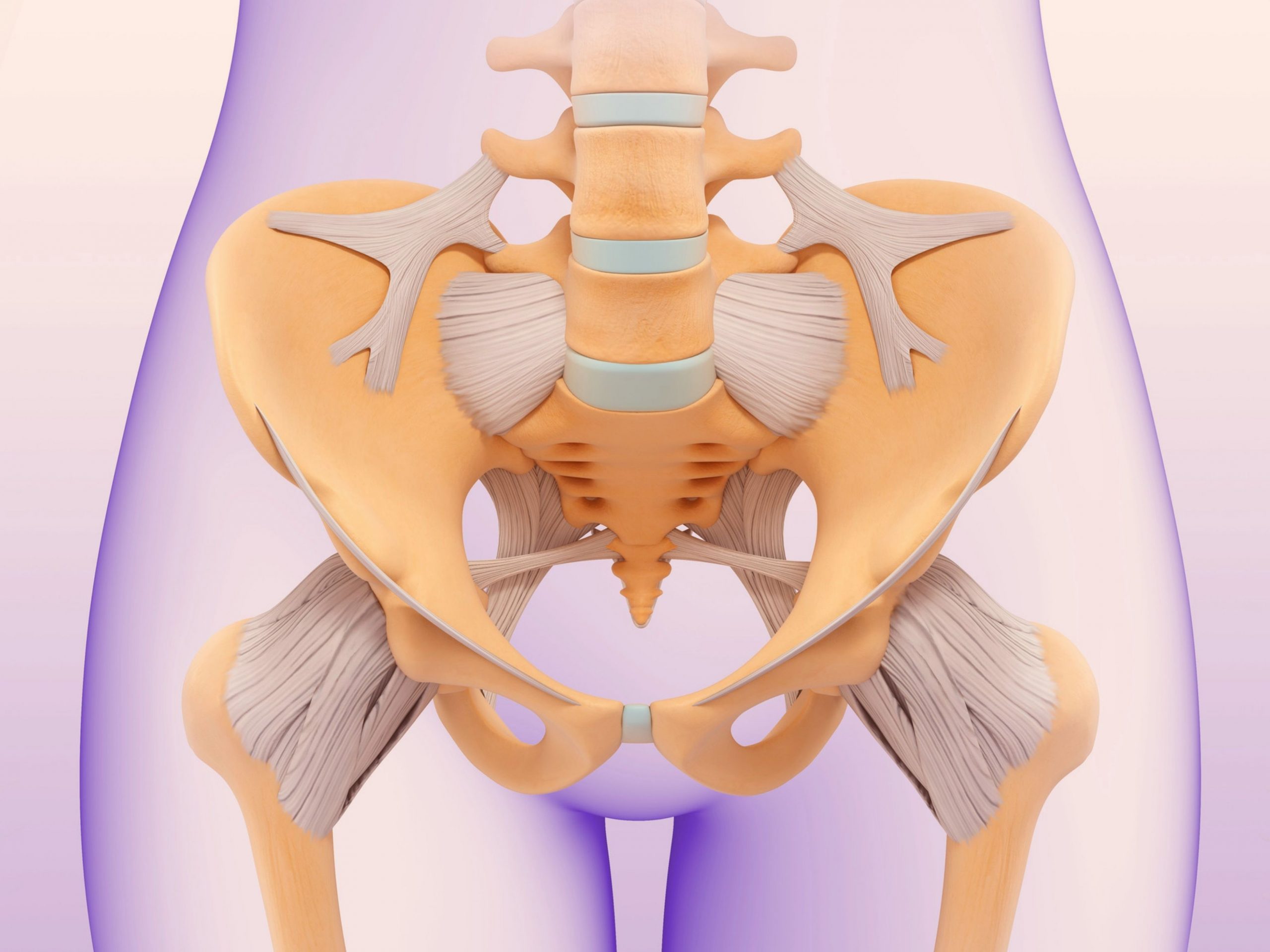What is the pelvic floor?
Pelvic floor health is vital in guarding against a whole range of potential health issues. And looking after your pelvic floor can have other benefits too, not least of which is improving your sex life.
But what is the pelvic floor?
In short, it is a group of muscles, ligaments and connective tissues that act somewhat like a hammock to support your internal organs.
In a woman, they are vital for protecting the uterus, rectum, bladder and vagina. A weakened or compromised pelvic floor can lead to a prolapse and an increased risk of bladder or bowel incontinence.
As you can see, whilst so many fixate on sagging arms or other aesthetic issues, this vital area needs careful attention and should not be ignored.

Pelvic floor health
What can impact pelvic floor health?
Pelvic floor disorders rarely have a single cause and are often due to a combination of factors. Ageing, childbirth, excess weight, heavy lifting or straining during bowel movements are a few examples of things that may impact pelvic floor health.
Having a hysterectomy also weakens the structures in the pelvis, making pelvic floor disorders more likely. As a rule, as women get older, the structures that support the pelvis tend to get weaker, especially if they are neglected. On the other hand, those men who are aging also experience changes in their private parts, like male dysfunction.
What are the symptoms of pelvic floor disorders?
The symptoms can be extremely unpleasant, and you will definitely get the feeling that something is amiss.
Damage in the pelvic floor area often weakens the urinary tract. Consequently, unintended urine leakage can become a problem.
There are many types of pelvic floor disorders (too many to list here), but common to most is a feeling of heaviness in the area of the vagina.
The symptoms tend to be more pronounced if you are standing up, and you will often gain respite when you lie down.
If you are concerned, look to visit your GP to get a proper analysis done initially.
Pelvic floor exercises
Whilst women do have more health issues related to pelvic floor muscles, it is important to emphasise that training this area is important to men and women alike. In particular, for men, pelvic floor conditioning can be beneficial after prostate surgery.
Perhaps you have an existing condition that needs attention. Or maybe you are just looking to prevent the onset of any such conditions. Either way, incorporating regular pelvic floor exercises is a must. They need not take long, and once you have the hang of them, they are easy to perform.
A simple exercise to get started
- Sitting upright in a chair, or lying on your back with your knees bent at 45 degrees, try this simple exercise.
- Squeeze and draw in the muscles around your urine tube and back passage at the same time.
- You want to experience a sensation of lifting as if there is a lifting sensation up and inside your body.
- You should try and hold the squeeze for a few seconds, then repeat the movement 6 to 8 times.
- But remember, the pelvic floor muscles are all internal, so the buttocks and thighs should remain relaxed.
It’s not the easiest process to get right without supervision. And performing the movement correctly has far greater benefits. We highly recommend that you get supervised help. Suitably qualified Yoga and Pilates teachers can give excellent advice on ways to strengthen your pelvic floor. And it is well worth setting up some sessions.
We hope this information is useful for you. If you have any questions about our treatments, please contact us. You can find us in Mill Hill Broadway and Islington. If you like this blog, please share! We are always happy to help.



